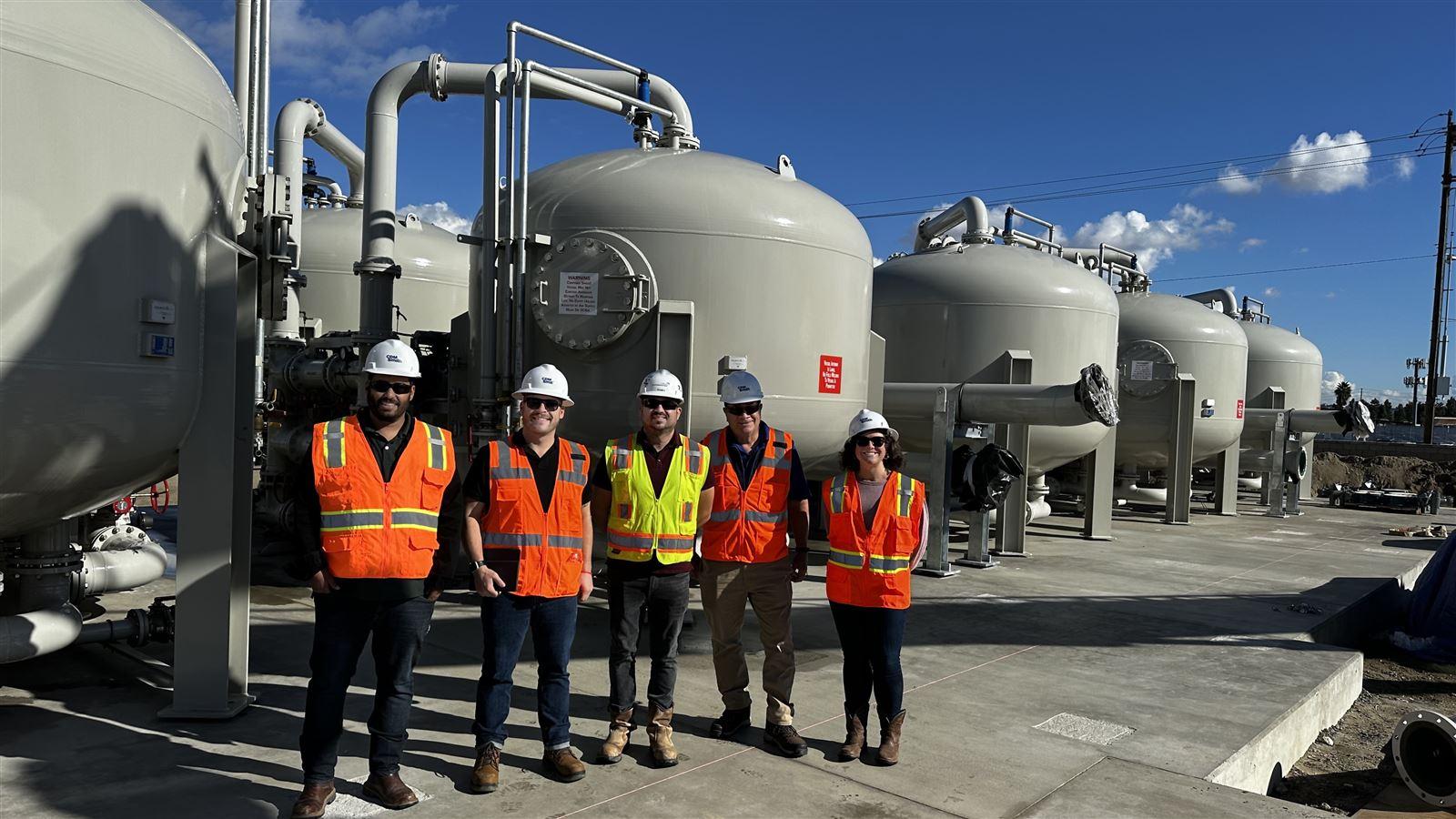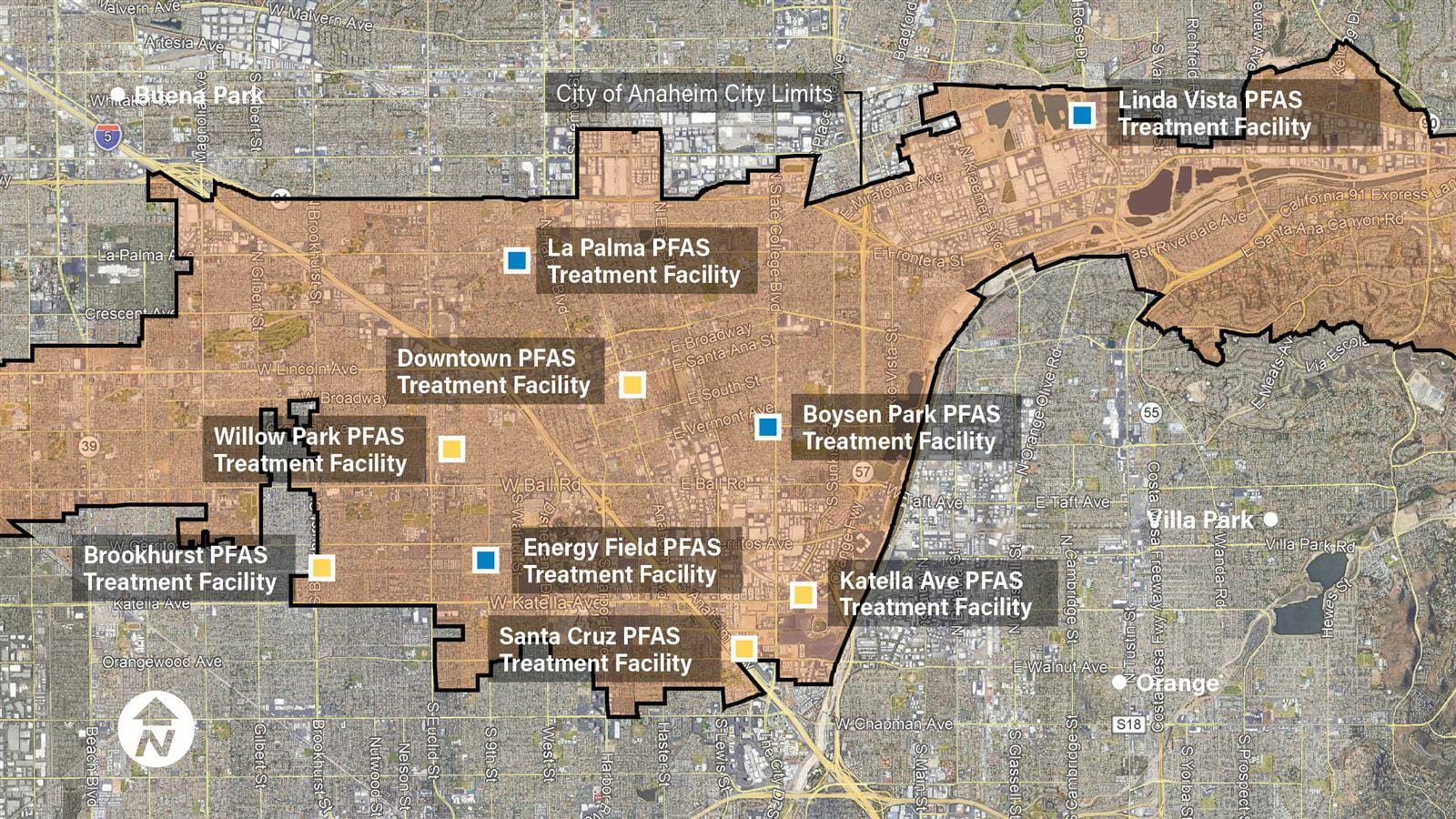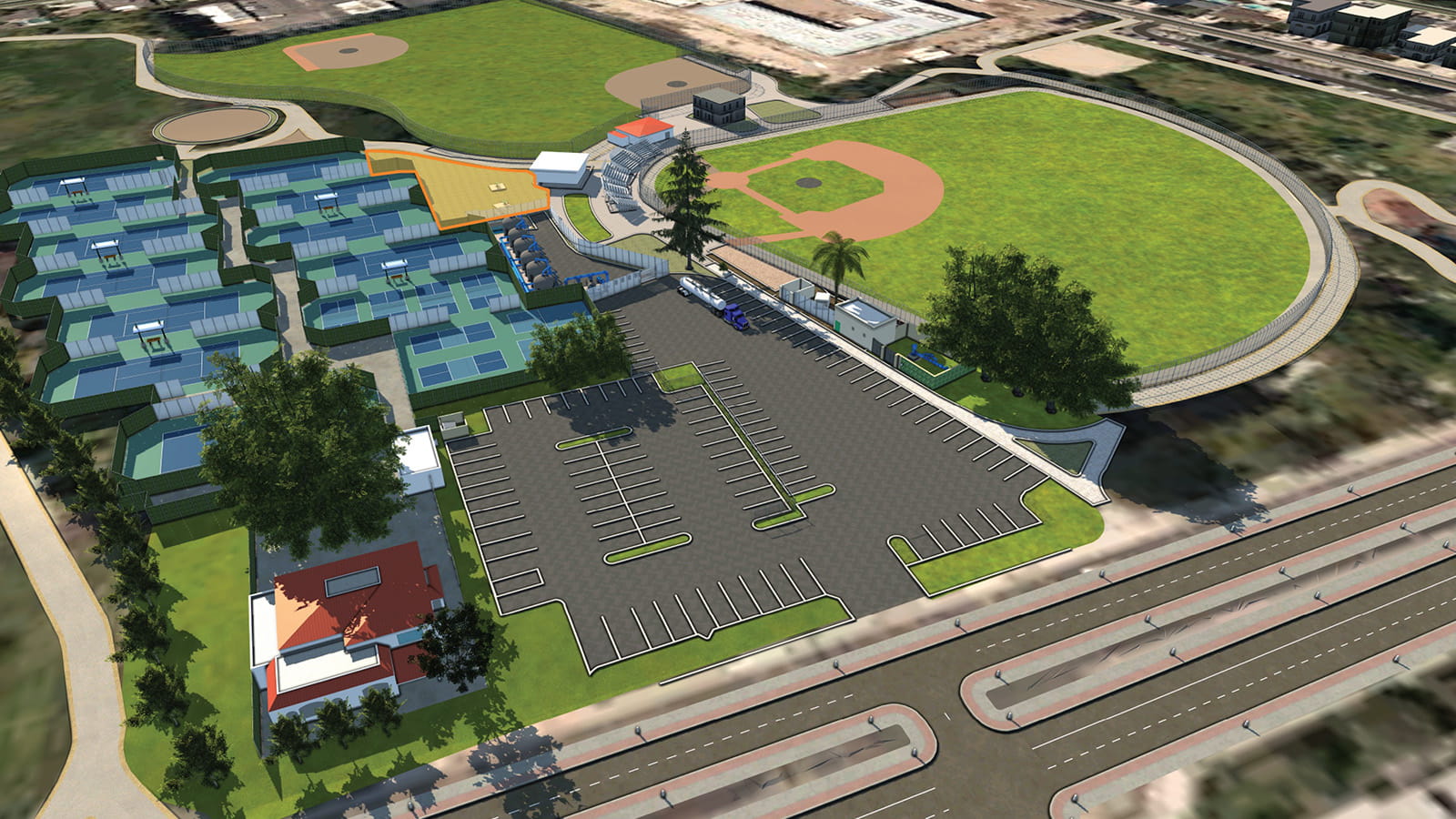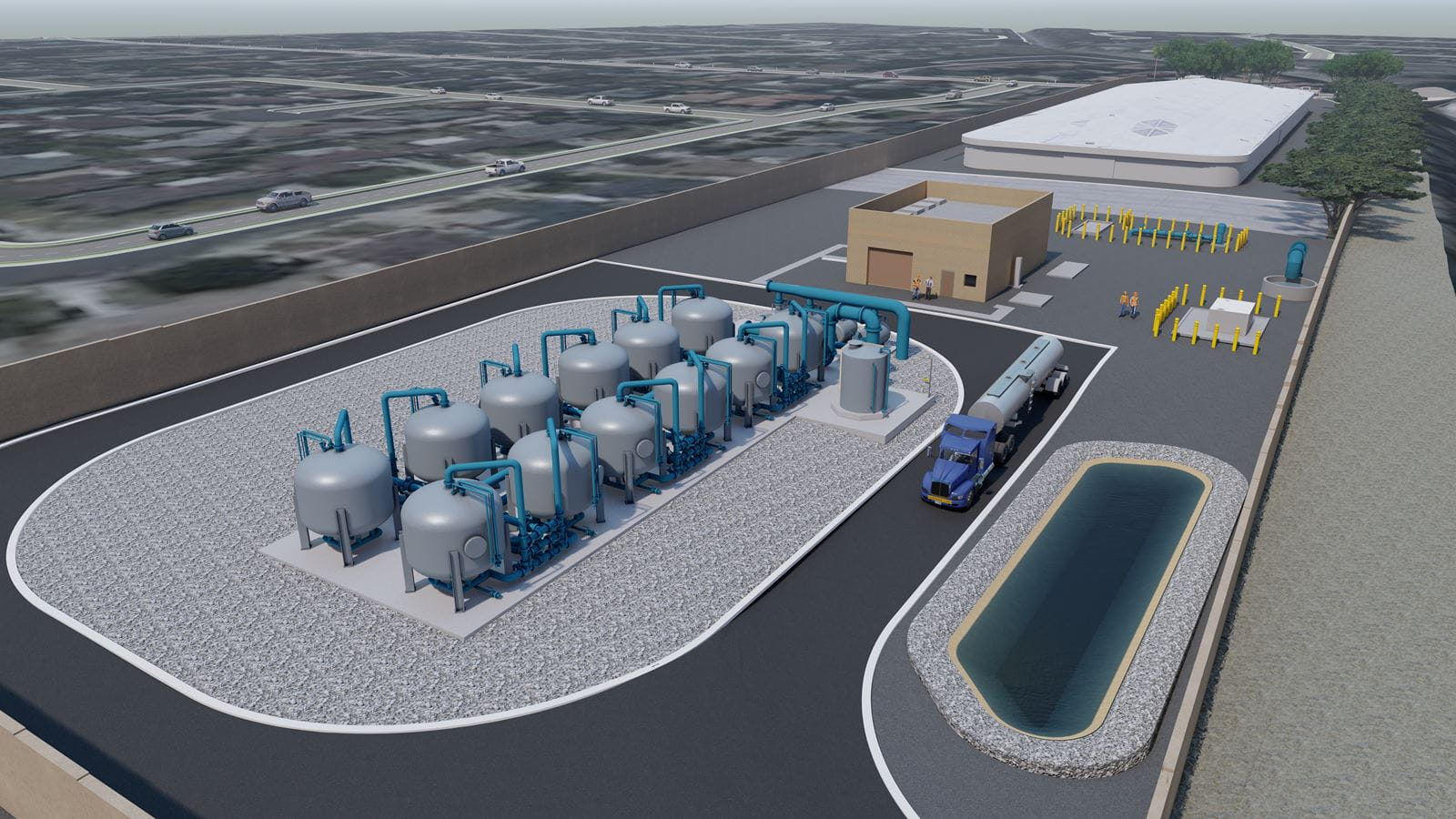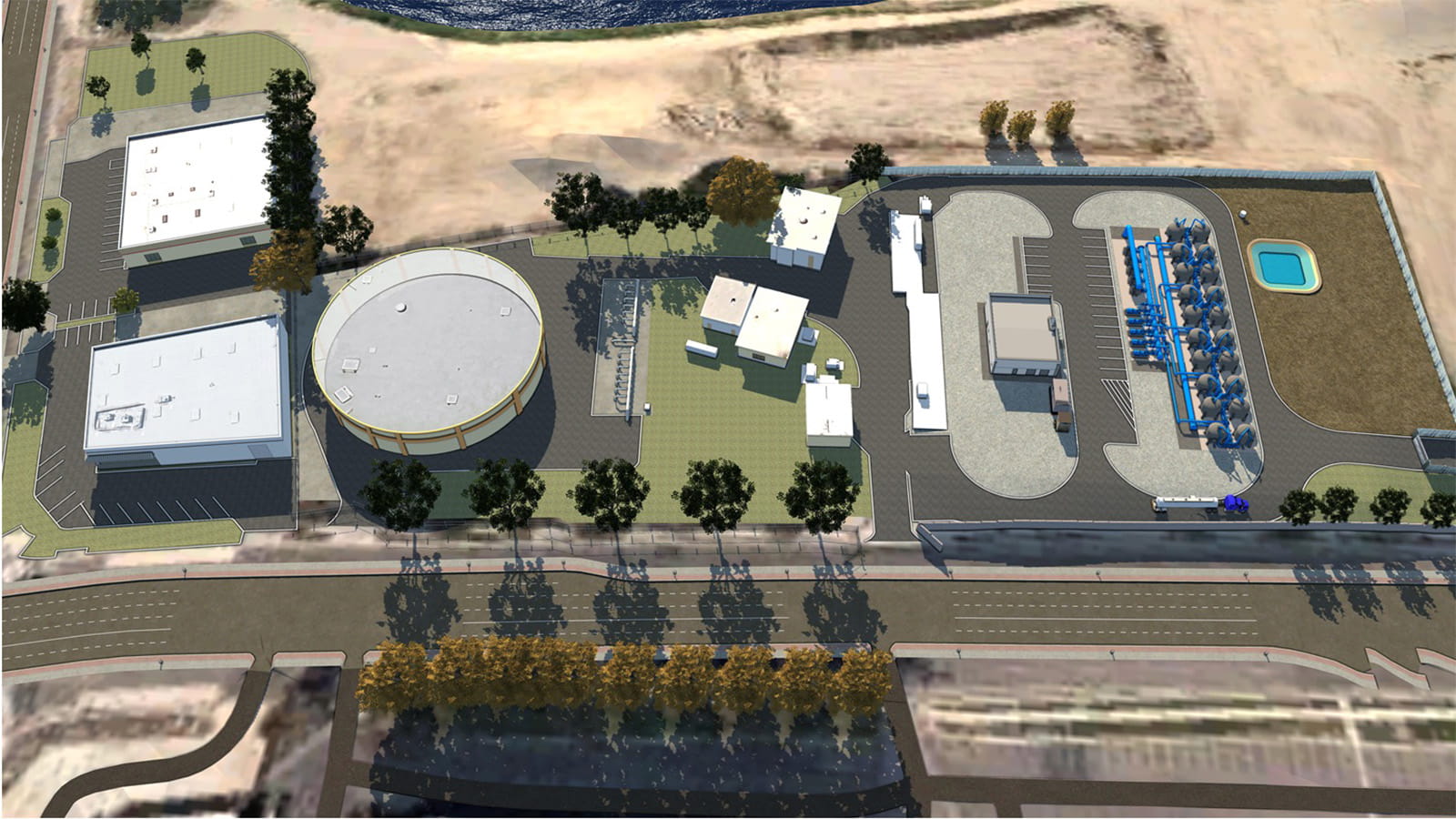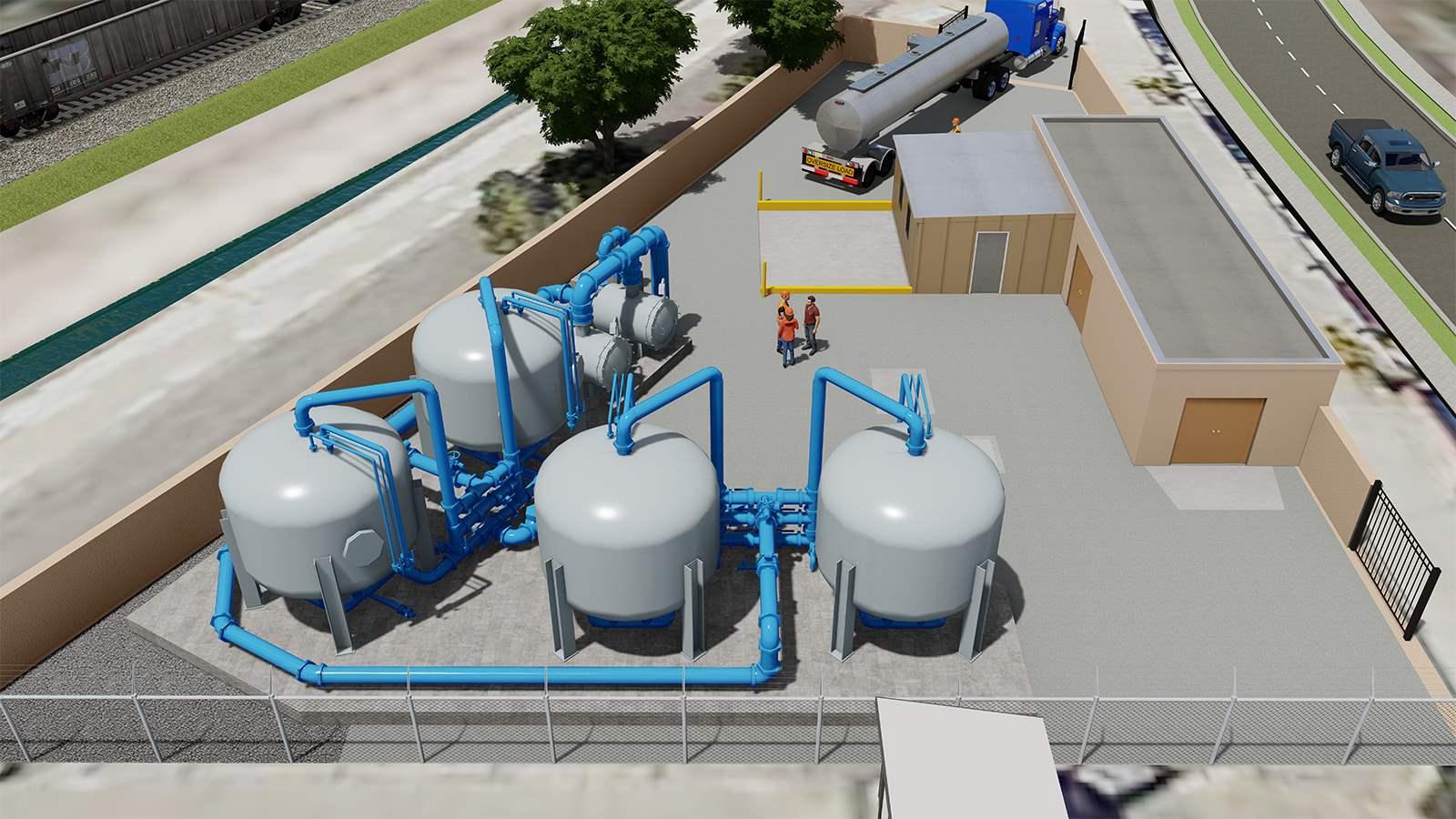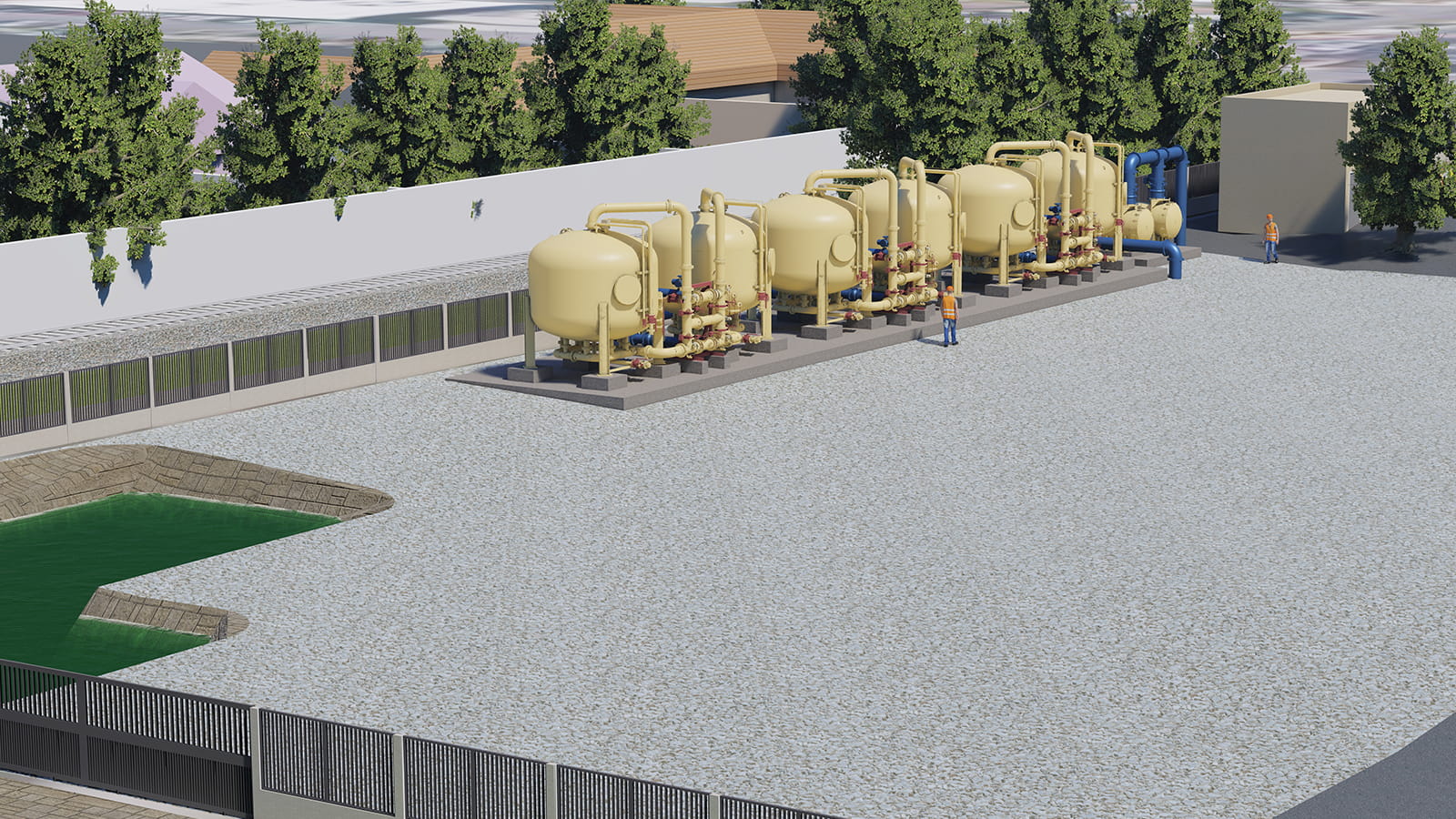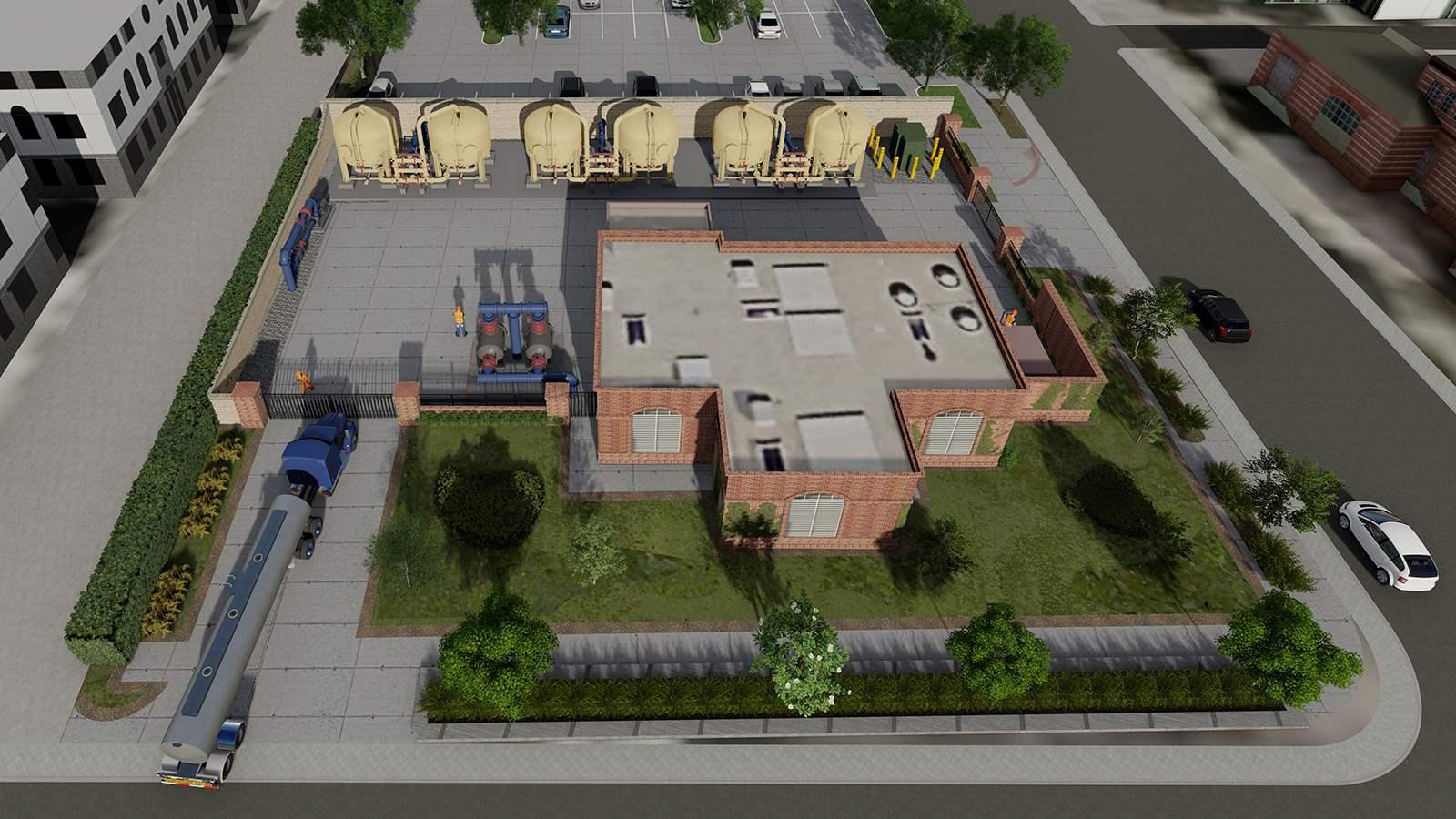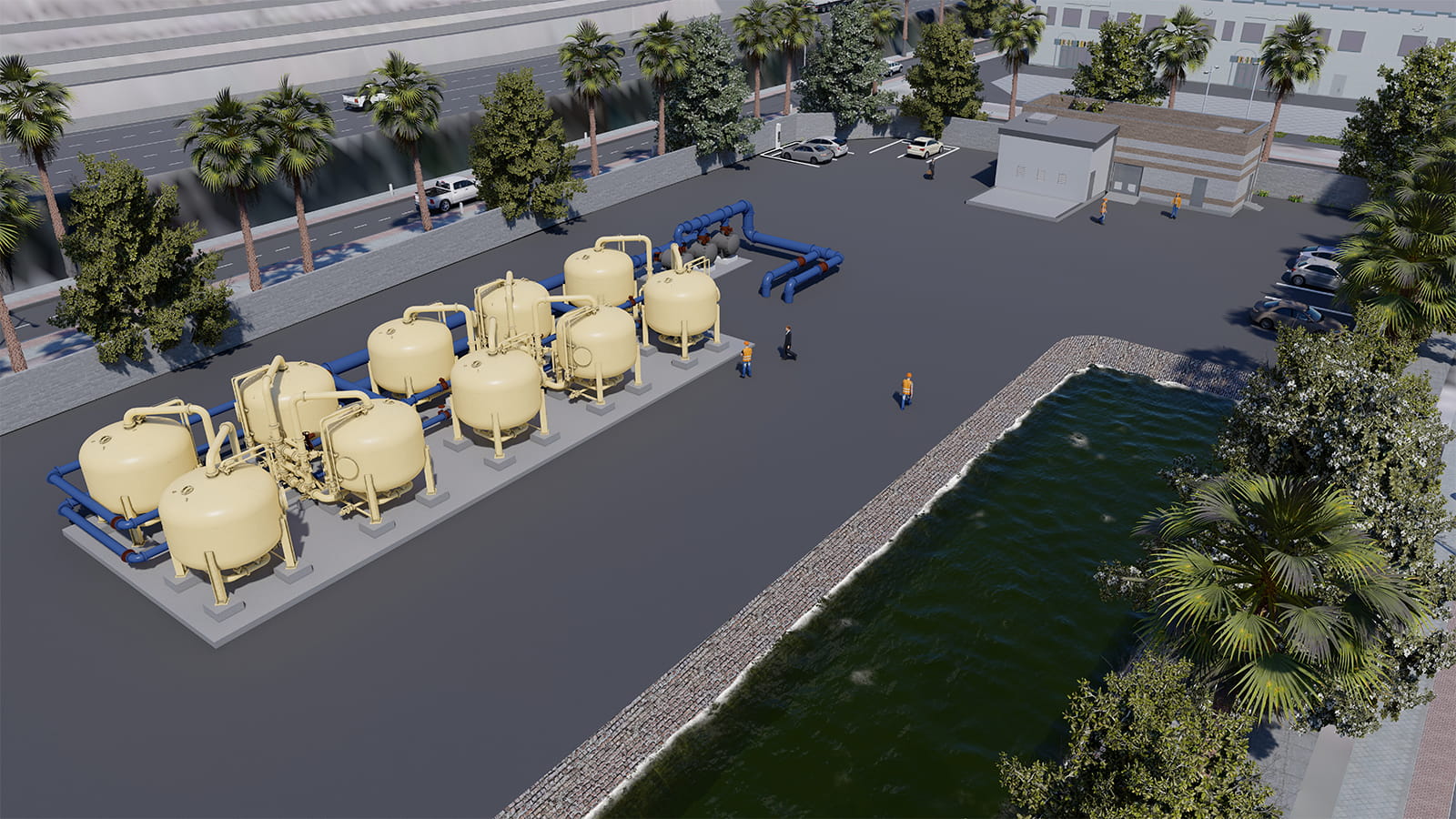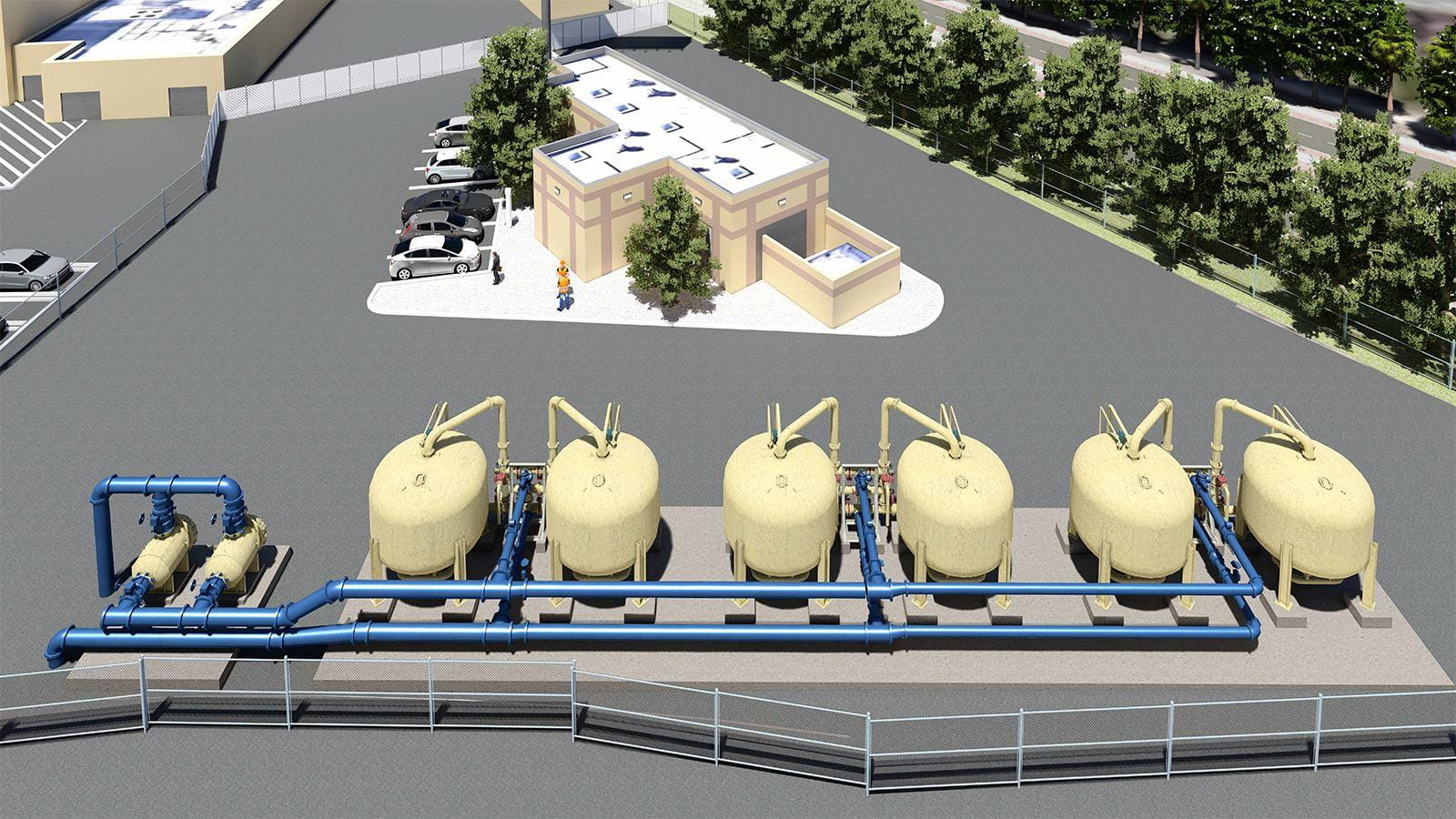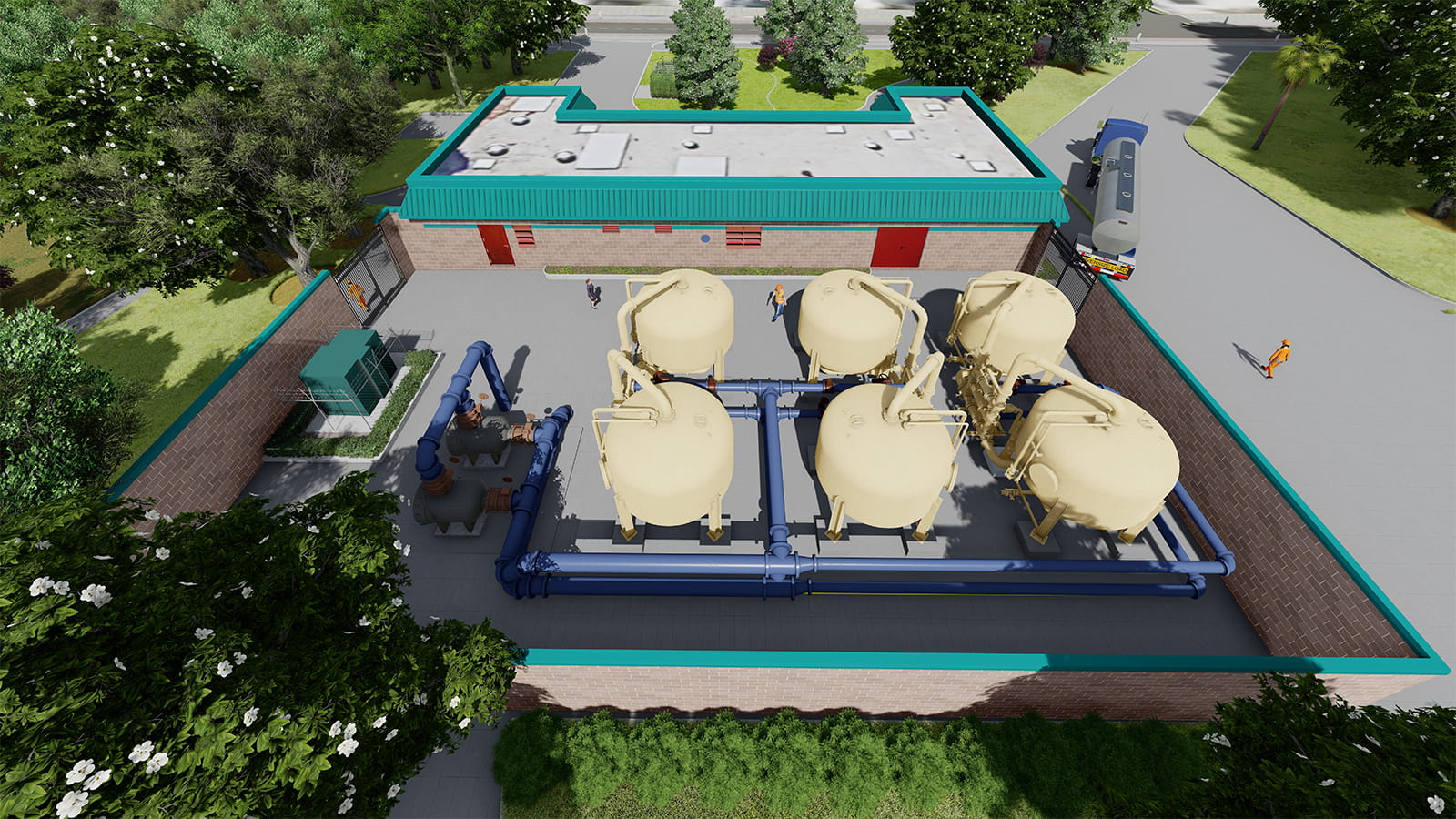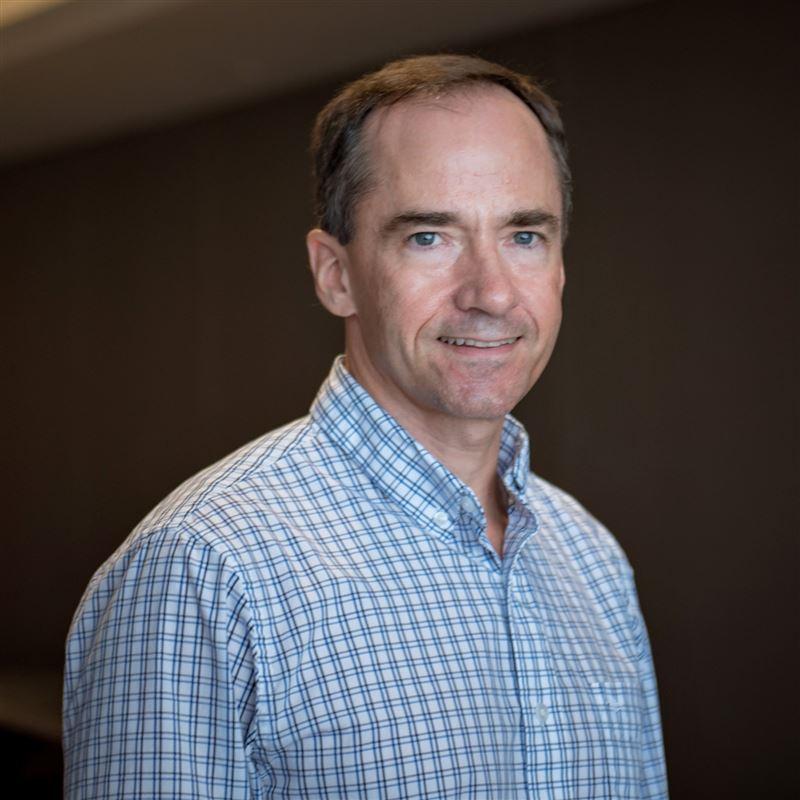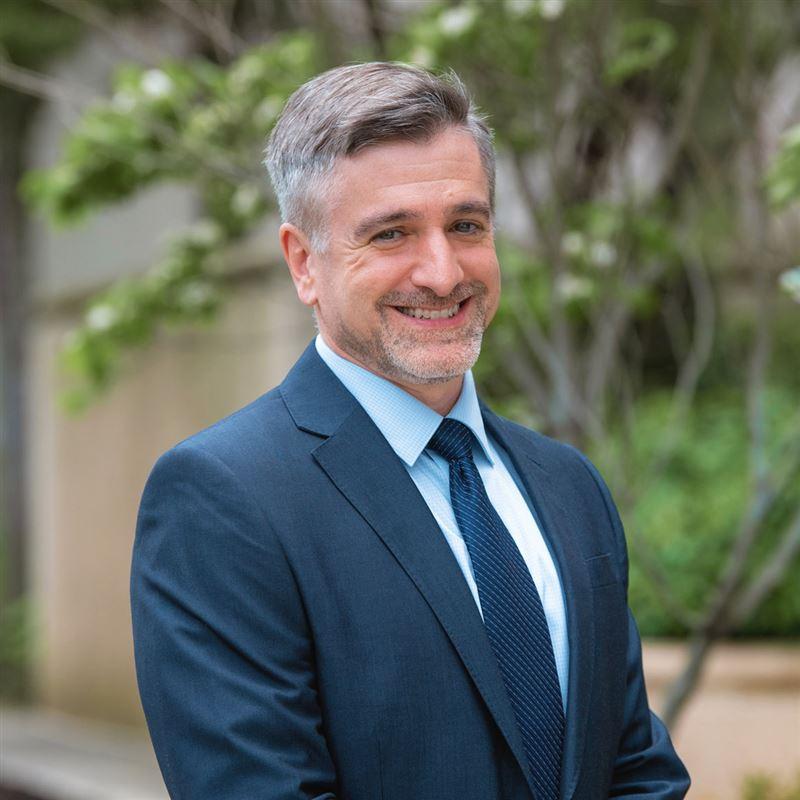Anaheim Builds Largest PFAS Treatment Program in U.S.
A total of 19 member cities and agencies rely on the Orange County groundwater basin for most of their drinking water. Orange County Water District (OCWD) oversees and protects that basin, a 270-square-mile underground oasis in the heart of one of the most bustling population centers on the West Coast. By safeguarding the limited water supply for millions of county residents, OCWD can take advantage of 162 billion gallons of usable storage locally and reduce the need for more expensive imported supplies.
So, when it came time to fix its PFAS problem, OCWD immediately responded and helmed an unprecedented pilot (America's largest PFAS pilot program) to determine the best approach. The City of Anaheim also quickly demonstrated its leadership by pursuing a design-build approach to expedite the recovery of its groundwater wells.
Anaheim Groundwater Treatment Program
The new Groundwater Treatment Program will implement systems to allow Anaheim Public Utilities (APU) to remove PFAS to acceptable State mandated levels from the groundwater. This program will help keep long-term costs low for our customers while also providing high-quality drinking water for the city.
The Groundwater Treatment Program is expected to be delivered in multiple phases over three years. The first two phases, currently underway, include nine groundwater treatment plants with centralized and localized treatment systems, associated pipelines, pumps, and other modifications.
In addition, some of the groundwater wells that were in production are in a location where treatment plants cannot be constructed and will be abandoned and replaced with new groundwater wells in optimal locations. This will allow for improved reliability and efficiency within the water system.
The CDM Smith project team had previous experience working with the California Division of Drinking Water (DDW), which helped the team design a system for Anaheim that can easily be permitted.
We need to give credit to these cities and agencies for going through this tremendous effort to bring safe clean water to their communities.
Operational Flexibility and Resiliency
APU and CDM Smith developed a forward-looking design solution, building in operational flexibility, adaptability and uniformity across the entire program. While it will meet today’s standards, the Groundwater Treatment Program will also allow APU to respond to future regulatory, water quality, resin technology and market changes.
Ion exchange was ultimately selected to treat for PFAS. The project calls for the design, construction and commissioning of a system that treats the water to non-detect levels (less than 2 ng/L) for PFAS constituents. This will be achieved using pairs of anion exchange vessels. The vessel pairs operate in a lead-lag configuration.
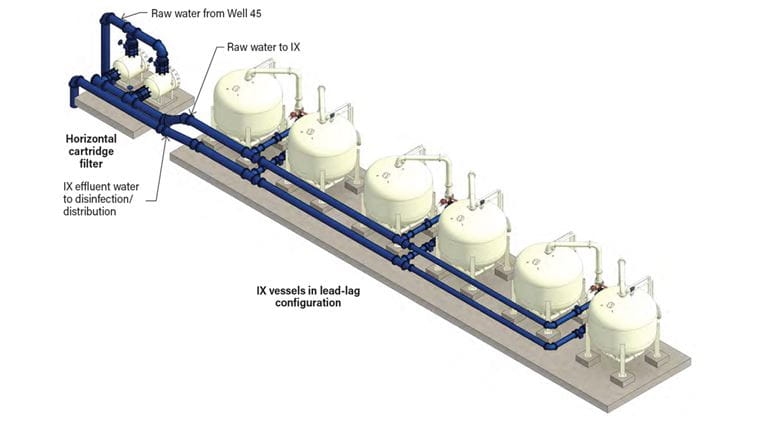
When PFAS in a lead vessel reaches 80-90% of the inlet concentration, the operators would contact the resin supplier to remove the saturated resin and replace it with new resin. Then the operator reconfigures the valves to move the lag vessel to the lead position. By use of a lead-lag vessel arrangement, system capacity is maintained by replacing media and performing any other vessel-related maintenance on the lead vessel while the lag vessel is in service, and vice-versa.
The proposed vessel design includes additional head space to expand from four minutes of EBCT per pair to five minutes. This expandability, along with the capability to run in series or parallel configuration, accommodates a wide range of future media options and operational requirements.
Rapid Response
CDM Smith developed a schedule for the design, construction, and commissioning to achieve program completion by the end of 2023. Faced with the biggest scope of any PFAS treatment initiative of its kind to date, the project team built out an ambitious timeline which was challenging due to supply chain issues. It has taken innovative approaches to procurement and the entire project team working together to minimize schedule impact.
By the end of the first quarter of 2023, Anaheim will begin reaping the benefits of the largest PFAS treatment project in the U.S. Designed and constructed by CDM Smith, nine separate treatment upgrades will have a combined capacity of 40 million gallons-per-day.
“We need to give credit to these cities, agencies for going through this tremendous effort to bring safe clean water to their communities,” said CDM Smith vice president Roshan Aflaki and one of the leading subject matter experts on PFAS for the West Coast.

We need to give credit to these cities, agencies for going through this tremendous effort to bring safe clean water to their communities


